
Forty-five years have passed since the crew of Apollo 8 orbited the moon.

Forty-five years have passed since the crew of Apollo 8 orbited the moon.

By Glen A. Robertson, David T. Young, and John D. Sprague Small satellites provide opportunities to pursue space exploration challenges through mass collaboration—enabling many minds to solve tough problems using small platforms.
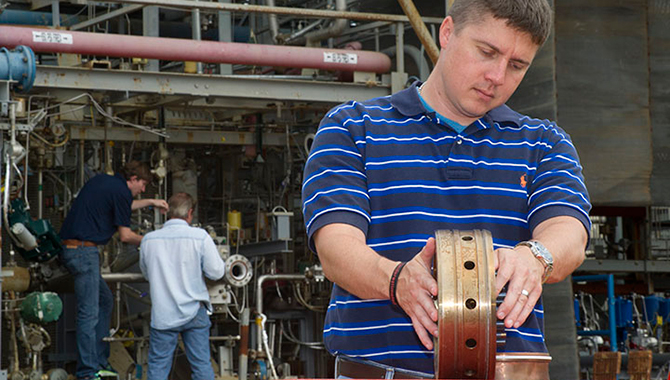
Hurdles remain for next-generation manufacturing techniques such as three-dimensional (3D) printing before they go mainstream.
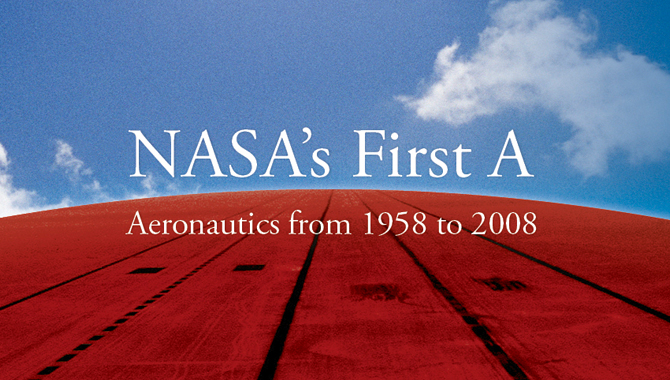
The golden age of aeronautics research is an institutional memory, and like all memories it can get a little fuzzy, cautions aviation and technology historian Dr. Robert Ferguson.
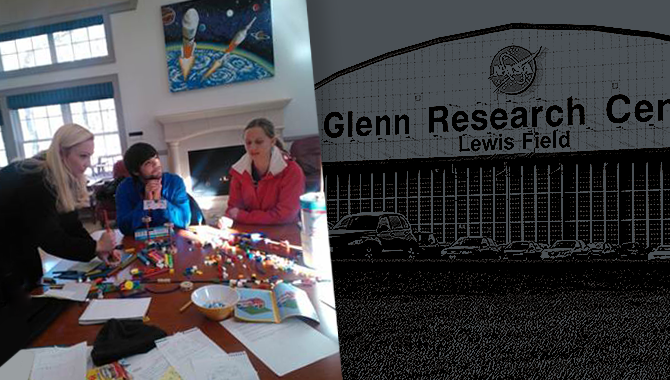
Glenn Research Center (GRC) welcomed 12 early-career engineers to its Rocket University pilot program.
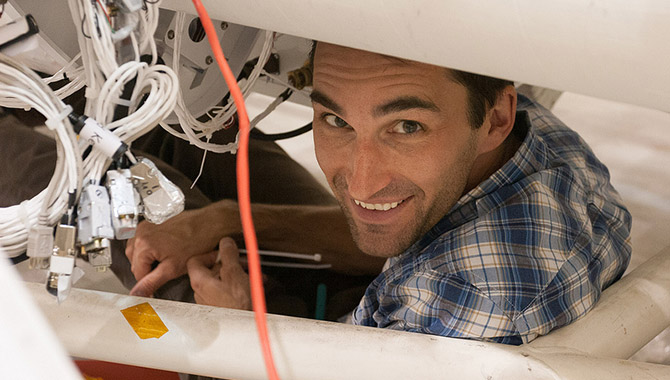
Early-career NASA employees from four hands-on development projects share their lessons learned in new online video modules.
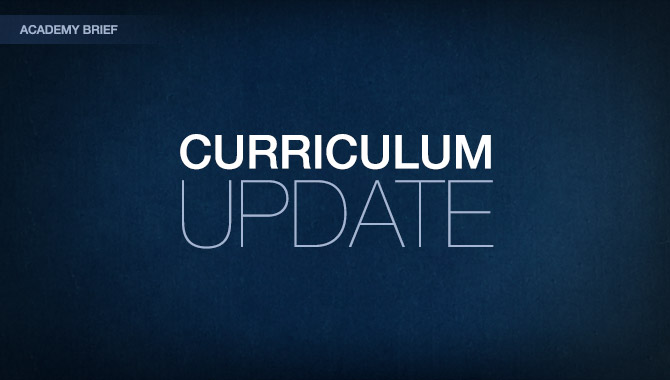
APPEL’s courses and virtual library get a boost with new online resources.

A first-time project manager is leading a team of young engineers to launch an innovative CubeSat mission.
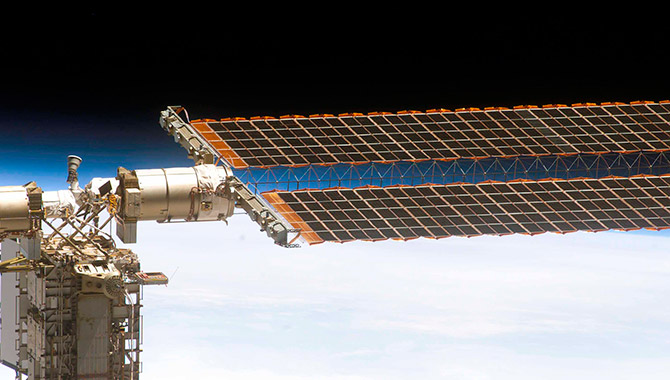
Langley Research Center systems engineer Kevin “Vip” Vipavetz shared a compilation of lessons from developing solar array structures and mechanisms—a high-risk component for many missions after launch and on orbit.